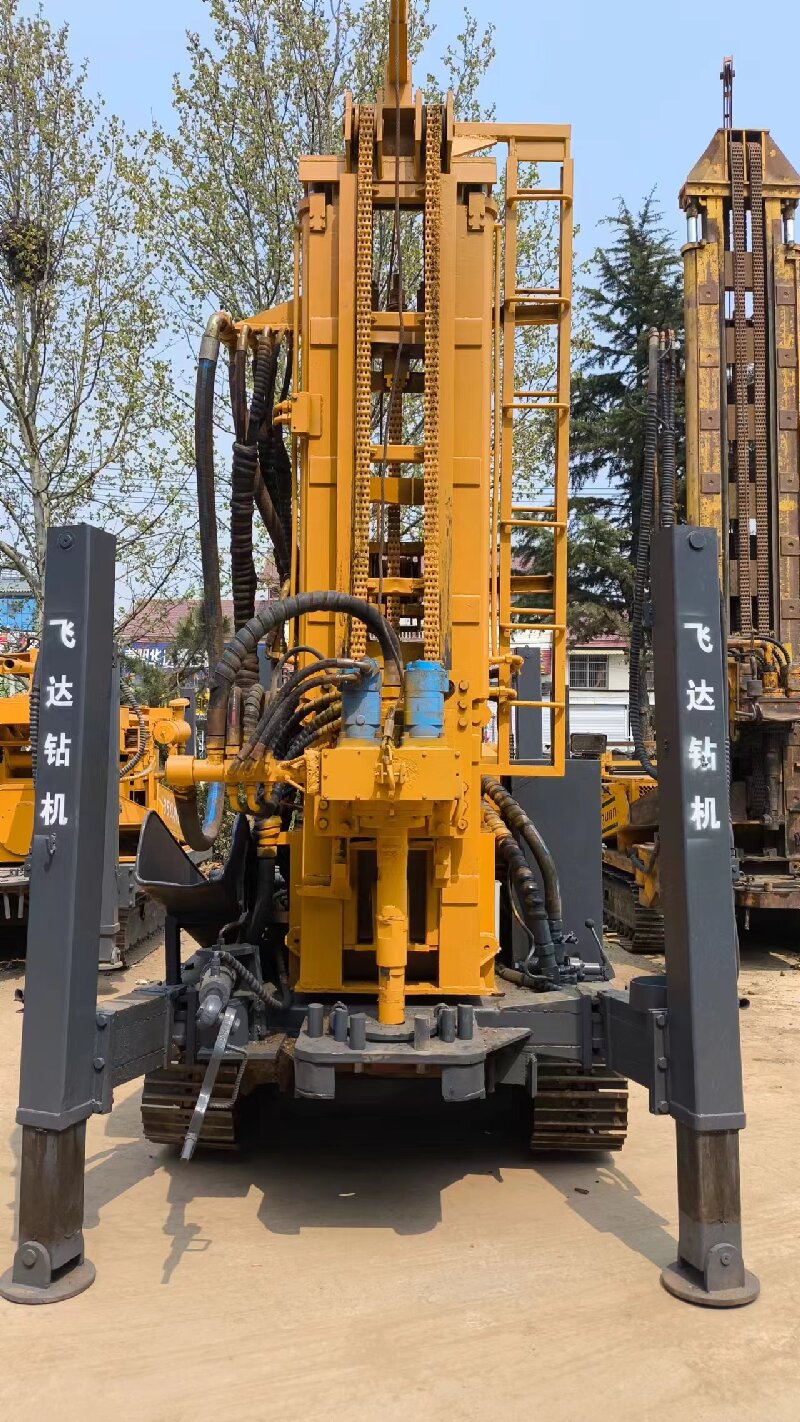While used water well drilling rigs can be a cost-effective option, it's important to be aware of both the potential benefits and drawbacks before making a purchase.
Pros:
Lower Cost: Used rigs generally cost less than new ones, making them a more affordable option for those on a budget.
Proven Performance: A used rig with a good track record can provide reliable performance.
Customization: You may be able to customize a used rig to better suit your specific needs.
Cons:
Unknown History: It can be difficult to determine the full history of a used rig, including its maintenance and repair records. This can increase the risk of unexpected problems.
Hidden Costs: While the initial purchase price may be lower, you could incur higher costs for repairs, maintenance, and upgrades down the line.
Limited Warranty: Used rigs often come with limited or no warranties, meaning you may be responsible for all repair costs.
Depreciation: Used equipment continues to depreciate in value, so you may not be able to recoup your initial investment if you decide to sell it later.
Before purchasing a used water well drilling rig, it's crucial to:
Conduct a Thorough Inspection: Carefully examine the rig for signs of wear, tear, and damage.
Request Maintenance Records: Ask for detailed maintenance records to assess the rig's history and condition.
Negotiate Price: Use your knowledge of the rig's condition and market value to negotiate a fair price.
Consider Financing Options: If needed, explore financing options to spread out the cost of the purchase.
By carefully weighing the pros and cons, you can make an informed decision about whether a used water well drilling rig is the right choice for your needs. If you don't know how to select the right water well drilling rig, click the link to contact our professional team.

Comments
Post a Comment